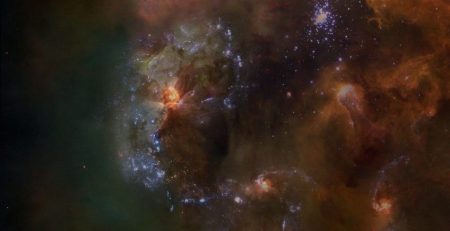Possible habitual exoplanet non-existent?
For the first time back in 2010, Scientists found a planet where water was able to endure within the habitable zone. After the excitement over this newly discovered planet, Gliese 581g, Scientists were skeptical over the existence of this planet because it carried a weak signal. Although it has brought along controversy, a good majority of astronomers put Gliese 581g as a prime stop to look for alien life. Recent research claims that Gliese 581g does not exist. Astronomers are not able to view the planets in the Gliese 581 star system. Alternatively, they monitored the star’s light and detected the planetary candidates. A planet’s gravity tugs on the star, while the planet’s orbiting, and alters the light coming off of it. This changes the wavelengths, making the color of the light reach the telescopes on earth. This technique is called radial velocity. Since the star moves, it’s difficult to see which light it’s reflecting because of the many other solar activity around.
Scientist have just recently discovered how fast the Gliese 581 star spins around. They are aware that it makes a complete rotation about every 130 days. This new information has allowed them to go back into the data and remove the signals that come from the star’s movements. Gliese 581g and Gliese 581d’s signals disappeared as soon as they did that. The technique did prove three other planets existence within the Gliese 581 star system.
The 977 exoplanets that have been discovered by the Kepler Space Telescope are most likely not in trouble. Kepler discovers exoplanets by searching for the shadows they create as the pass in front of stars. This technique benefits in confirming the actual existence of exoplanets and makes it easier to spot planets similar in size to Earth. “For very low-mass planets like Earth, their Doppler signals will be smaller than those created by stellar activity for nearly all stars,” claims astronomer Paul Robertson from Penn State University, the lead author on the new study. “It is necessary to remove the stellar activity signals in order to find these very exciting planets.”














